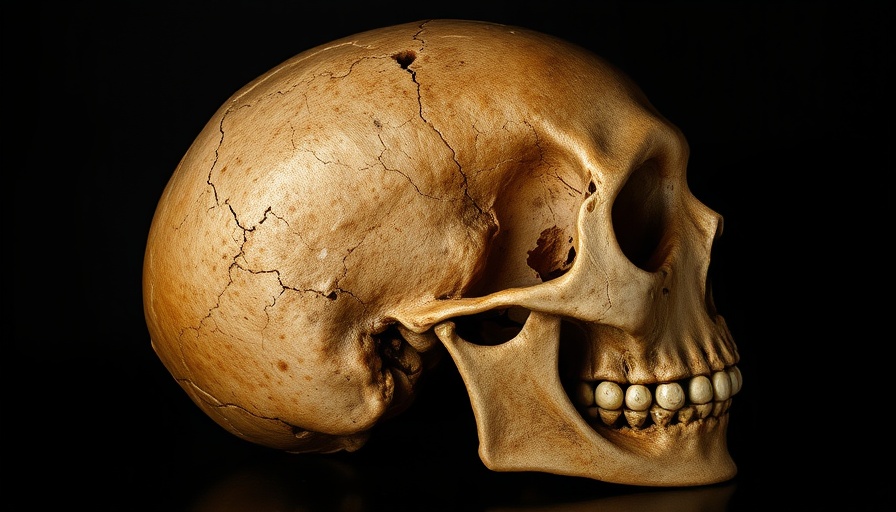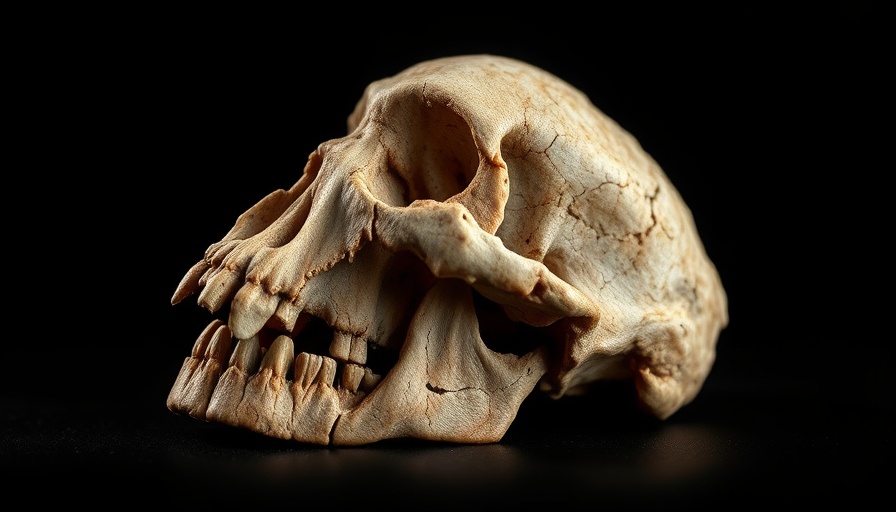
Revising the Story of Human Evolution
In a groundbreaking discovery, a team of international researchers has unearthed fossils that challenge long-held notions about the timeline and complexity of human evolution. Located in the northeastern deserts of Ethiopia, these fossils date back between 2.6 and 2.8 million years, indicating that early humans, classified within the genus Homo, existed alongside a newly identified species of Australopithecus. This revelation highlights that human evolution is not a linear process but rather an intricate web that includes various species living together.
Fascinating Finds at Ledi-Geraru
The research, spearheaded by Arizona State University and the Ledi-Geraru Research Project, has identified a new species of Australopithecus based on dental fossils. This discovery is particularly significant as it provides insights into how different hominin species coexisted in the same geographical area, which disrupts the historically simplistic model of evolution resembling a straight ladder from ape to human. Kaye Reed, a paleoecologist involved in the project, emphasized, "The image we often have of a progression from ape to Neanderthal to modern human is not accurate. Evolution is a bushy tree of distinct species."
The Significance Behind the Teeth
The team discovered 13 distinct teeth at the excavation site that diverge from known species. While previously discovered hominins like Africanus or Afarensis are well-documented, the newly identified species of Australopithecus provided a unique perspective on life millions of years ago. "We can see both Homo and Australopithecus living in close quarters, suggesting interactions that may have influenced evolutionary paths," said Brian Villmoare, the lead author of the study.
Shifting Paradigms in Paleoanthropology
This discovery adds valuable context to our understanding of ancestral lineage. It reinforces the idea that extinction played a significant role in shaping our evolutionary history. Reed and her colleagues argue that the blurry lines between these ancient relatives demonstrate that more species will emerge as further research unfolds. The discovery of the oldest known members of Homo and the first Oldowan stone tools at the same site reinforces the historical significance of Ledi-Geraru.
Experts Weigh In: Broader Implications
The implications of the findings extend beyond just evolutionary biology. The new insights could shape our understanding of current anthropological discussions, contributing significantly to how we view human adaptability in changing environments. Experts in anthropology and evolutionary psychology suggest this evidence robustly supports the notion of a diverse genetic tapestry among early hominins, which may drive points of discussion in both academic and public domains.
Future Directions: What Lies Ahead?
As research continues at Ledi-Geraru, further excavations are planned to gather a more comprehensive picture of early human life. While the teeth have provided clarity, more fossils are crucial to cementing the identity of the new Australopithecus species. Each new finding promises to reveal more secrets about life millions of years ago and how these ancient relationships may still echo in modern human behavior.
For researchers and enthusiasts alike, the intersection of new technology and continued exploration in paleoanthropology presents intriguing opportunities to decipher the past. The journey of discovering our lineage is just beginning, and every fossil found adds another branch to our evolutionary family tree.
 Add Element
Add Element  Add Row
Add Row 



Write A Comment